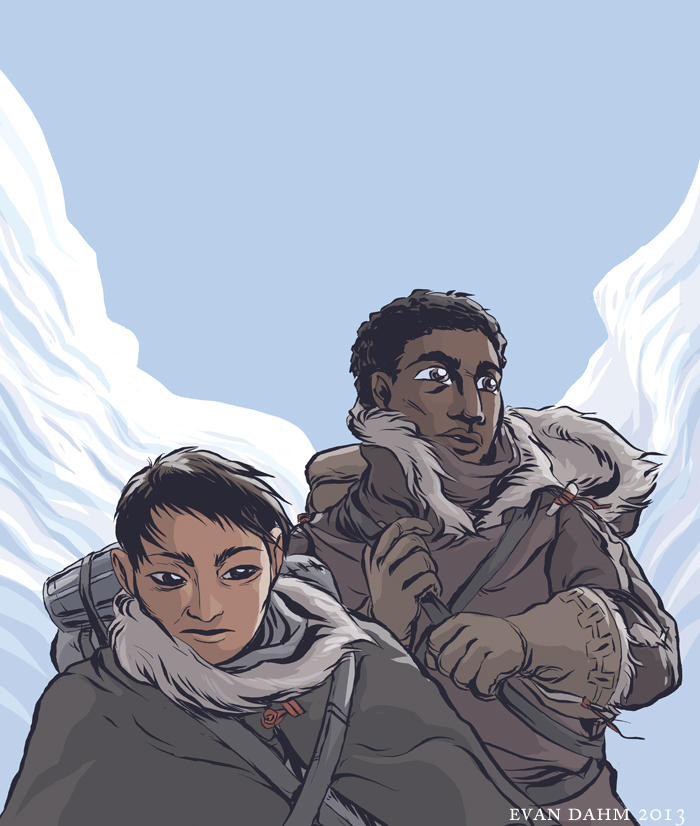
This Resource is for Year 12 Students studying the VCE Curriculum in Victoria and who are preparing revision for the Year 12 English Exam on Tuesday 28th October, 2025.
Revision Strategies
There is no doubt that everyone learns and studies differently and the best revision plan is to find what works for you and not anyone else. The important element in revision is to start planning on the September school holidays and your revision then should continue when you return to school for Term 4 for the last 3 weeks.
Don’t leave your revision until the week before the English Exam. Unless you have a photographic memory, and not many people do, you will be just cramming knowledge into your head and possibly confusing yourself instead of using a sustained revision plan.

My Suggested Revision Plan is:
- Re-read the texts again from Reading & Creating Texts – if one of your texts is a film, then watch the film again
- Read past exam papers from VCAA with the Assessor’s comments for Sections A & C and look carefully at the high-level essays and what the Assessors said about why they were of a high standard. https://www.vcaa.vic.edu.au/assessment/vce-assessment/past-examinations/Page
- Hand-write your notes, don’t type them, then you can practice writing as the Exam is 3 hours of writing so you need to build up your hand writing skills.
- For each text or film start with summarising the plot / characters / themes / ideas / values of the authors/directors / narrative structure / language / symbols & motifs / film techniques / memorise at least 10 quotes from each text under themes.
- Look at as many prompts for essays as possible. I suggest you look at resources such as Insight / VATE / NEAP / ATAR for prompts on topics you have not written essays on before.
- Plan an essay topic – then walk away and come back later to hand-write the essay without looking at your plan. Make sure you stick to the 1-hour time limit. Put your mobile phone timer on and keep to the time. Then get your Plan out and see if you missed important issues in your essay. That means you need to learn those elements carefully (self-assessment).
- You will have sat a Trial Exam from school either in the last week of Term 3 or one of the weeks over the September school holidays. This is a good dry run for how you will be prepared for the real exam in October. Make sure you take note of the Assessor’s comments for each section when you get your Trial Exam paper back. If there are problems, such as in Section B not sticking to the framework or not incorporating the title and stimulus into your piece, then address these issues NOW.
- Don’t try to write several 3-hour exams – it is better to break the essays up into 3 separate hours – if you keep on sitting 3 hours exams you can burn out by the time the exam takes place. Please don’t do this. Think more holistically about your own brain and body and then you will not stress or burn out before the exams. When you feel more confident then sit a 3-hour trial exam.

The English Exam
Consists of 3 Sections that takes 3 hours to complete (plus 15 minutes reading time at the start of the exam). Make sure you have a watch that you can put on the table and note the times you will use for each essay – 1 hour each. To score well in the exam you need to demonstrate your skills and knowledge in each of the Sections. Section A will be knowledge and understanding with analysis of the topic prompt for your single text studied. Section B will be writing a creative piece that meets the criteria for your specific Crafting & Creating Texts Frameworks. Section C will be understanding of the arguments presented and language and visual features presented to persuade.
My suggested plan to attack the Exam is:
- During the 15 minutes reading time:
- Go to Section A and look at the 2 prompts. Pick one that you are familiar with the topic and in a brief 2 minutes plan what you will write for the essay in your head.
- Go next to Section B and look at the titles and stimulus statements relevant to your Crafting Text Framework. In a brief 2 minutes plan in your head how you will incorporate the title and stimulus statement into your creative writing you have pre-prepared for the exam.
- Go lastly to Section C and read the ‘Background Box’ on the first page and then read the article for a first reading. Next reading look at where the Main Contention is and the arguments and language around the arguments. Pay attention to the author and the title, tone and if it changes, persuasive techniques and how they are used by the author to position readers and pay close attention to the intention to persuade. If there are visuals look at where they are placed in the article and what argument are they next to. Establish the main contention of the visual and how it aligns with the author’s article.
- When the 15 minutes reading time is up and you can ‘pick up your pens’:
- Go to Section A and pick that prompt you decided on – take 3 minutes to write a brief plan (which you had thought of in your head in the reading time and now you can write the plan properly) that includes your 3 ideas from the prompt – at least at this stage the plan will still be in your head and will definitely help when you get to Section A – don’t write anything else or waste too much time at this stage
- Go to Section B and note the title and pick the stimulus statement you decided on – take 3 minutes to write a brief plan how you will incorporate the title and stimulus statement into your pre-prepared piece (which you had thought of in your head in the reading time and now you can write the plan properly) – at least at this stage the plan will still be in your head and will definitely help when you get to Section B – don’t write anything else or waste too much time at this stage
- Go back to Section C and read the article again, this time with your pen, annotating the arguments (MC= Main Contention / A1 = Argument 1 etc), language, techniques and how the author positions the readers to Think (Logos) / Feel (Pathos) / Do (Ethos) something.
- Keep to the time for each essay and try to not go ‘overboard’ with Section C first and cut yourself short for the other 2 essays. Check your watch, have you stayed within the first hour so you can then go on to Section A and write that essay, check your watch again, then go on to Section B and write that creative piece. OR Write your Section B piece after Section C as you know it well and you can write it faster than an essay from your text in Section A. This plan is entirely your choice as to what works for you.
- If you finish ahead of the 3 hours, go back to each piece of writing and make sure you have written a proper Conclusion for Section A. If you are short of time when writing the essay in Section A then dot point your Conclusion. At least the Assessors will know what you wanted to say for your Conclusion. If you have an empty space, the Assessors can’t mind read what you wanted to conclude.



















 Look carefully at the similarities and differences between the two main characters Genly Ai and Therem Harth Rem Ir Estraven in Ursula K. Le Guin’s
Look carefully at the similarities and differences between the two main characters Genly Ai and Therem Harth Rem Ir Estraven in Ursula K. Le Guin’s 